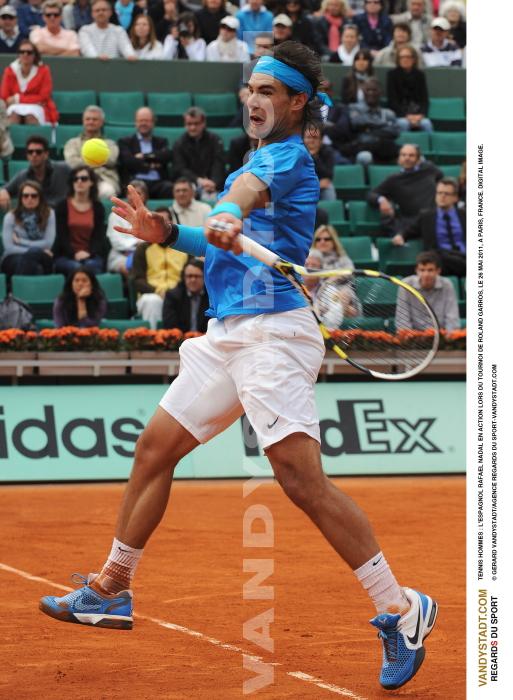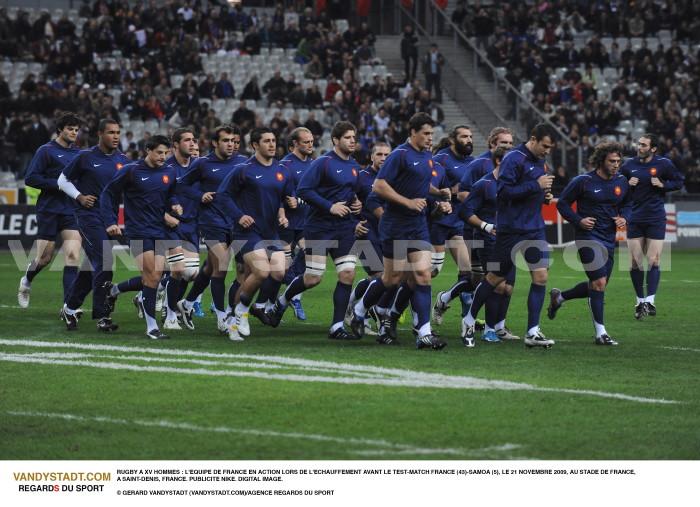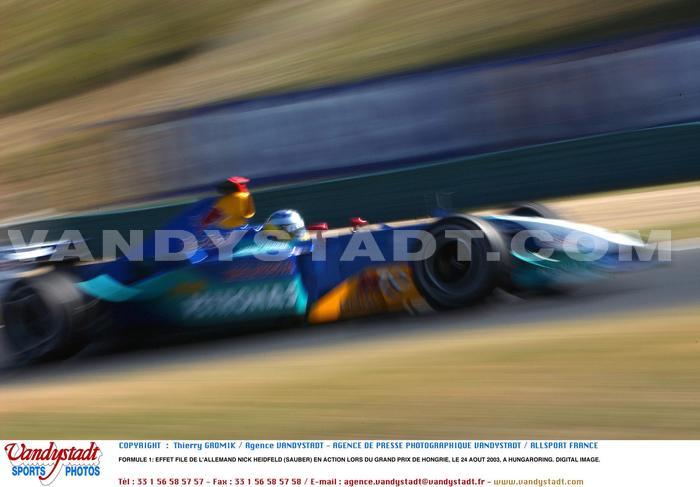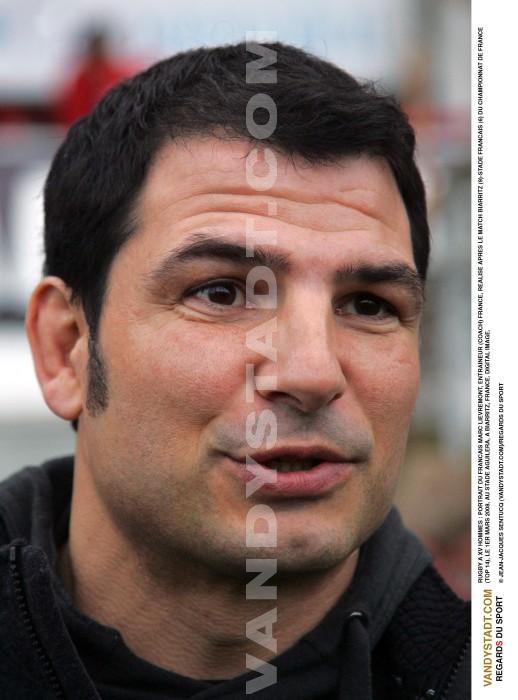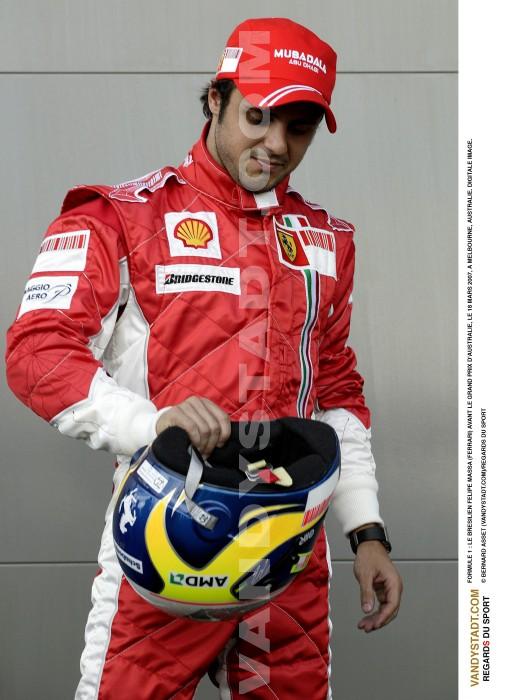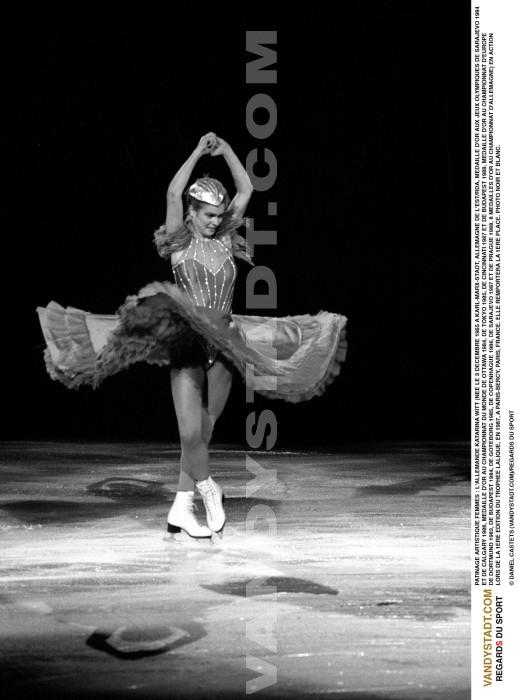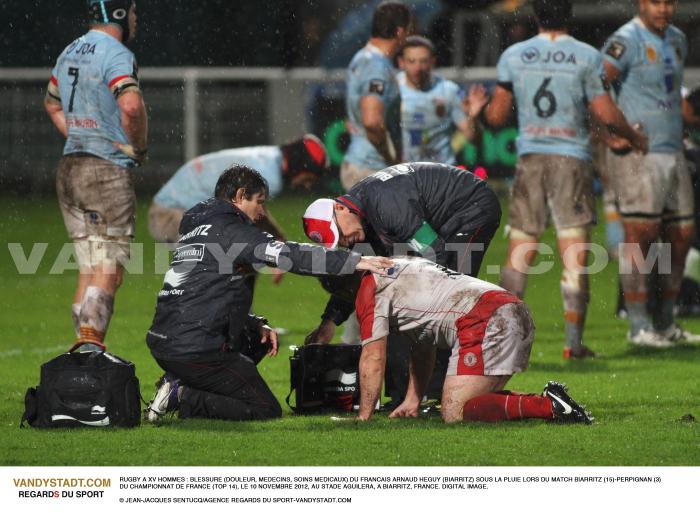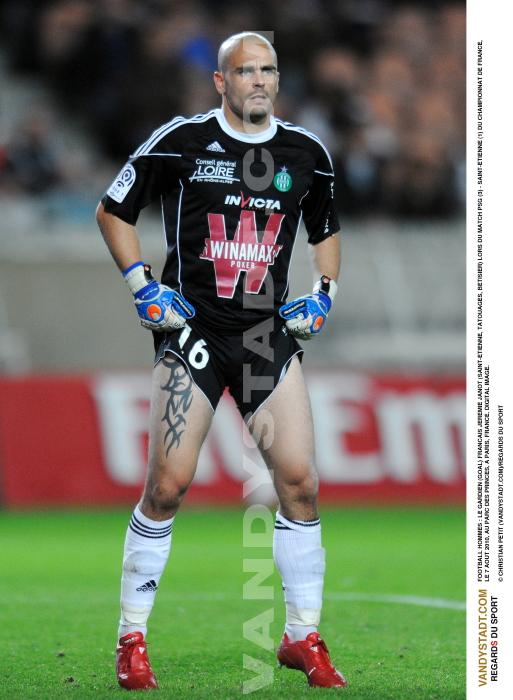Auto - Car history
AUTO
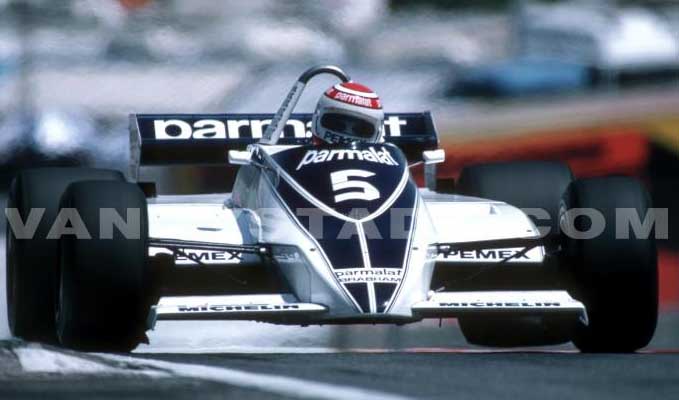
The four-stroke engine was invented by the German Nikolaus Otto around 1880. It marked the birth of motorsports. A few years later, his compatriot and assistant, Gottlieb Daimler invented the Einspur, the first motorcycle.
The first car series, the Motor-Wagen (tricycle), was built by the German Karl Benz in 1885. It was equipped with an internal combustion engine. His speed does not exceed 15 km / h.
The first known automobile race was held July 22, 1894 between Paris and Rouen, a distance of 126 km. A great day for motorsport and the 102 competitors registered their vehicles with oil and steam. Peugeot and Panhard-Levassor shared first prize with De Dion Bouton et. Average speed: 17.78 km / h!
The first competitions were organized by the Automobile Club de France, the first car club that was formed in October 1895, at the instigation of the Marquis de Dion. They organized the first Grand Prix in 1906 at the Circuit de la Sarthe in Le Mans. Subsequently, there was formed a body of international motor clubs (AIACR) which was taken in 1904 on behalf of Federation Internationale de l'Automobile. At that time, famous racing town were organized as Paris-Berlin 1901 Paris-Vienna in 1902 and Paris-Madrid in 1903.

On December 18, 1898, Count Gaston de Chasse-Laubat holds the first official record speed of 63.154 km / h (car Jeantaud) in Achères, near Paris. A little later in April 1899 also Achères, Belgian Camille Jenatzy cross bar 100 km / h (105.882 km / h) with his electric car "The Not-Content '.

Other dates in history
- 1909: Victor Hemery crossed the 200 km / h: 202.653 km / h (Benz) at Brooklands GBR.
- 1927: Henry O'Neil de Hane Segrave crossed the bar of 300 km / h: 327.901 km / h (Sunbeam) in Daytona USA.
- 1932: Malcolm Campbell reached the landmark of 400 km / h: 408.634 km / h (Napier-Campbell Bleubird) in Daytona USA.
- 1937: George Eyston crossed the bar of 500 km: h: 502.008 km / h (Thunderbolt) to Bonneville USA.
- 1947: John Rhodes Cobb crossed the bar of 600 km / h: 634.261 km / h (Railton Mobil Special) at Bonneville USA.
- 1964: Craig Breedlove crossed the bar of 700 km / h October 13: 754.168 km / h (Spirit of America) to Bonneville USA. Two days later, Craig Beedlove crossed the bar of 800 km / h: 846.784 km / h (Spirit of America).
- 1965: Arthur Art Arfons crossed the bar of 900 km / h: 927.673 km / h (Green Monster) to Bonneville USA.
- 1970: Gary Gabelich crossed the bar of 1000 km / h: 1014.294 km / h (Blue Flame) at Bonneville USA.
1997 - Andrew Green reached the bar of 1200 km / h: 1233.596 km / h (Thrust SSC3) at Black Rock Desert USA
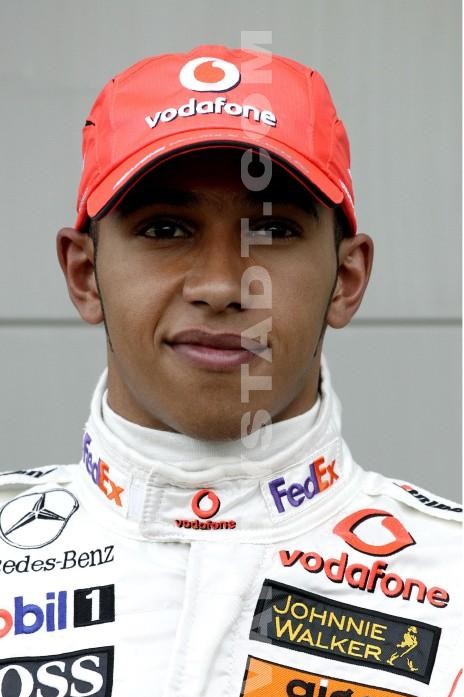
The Federation Internationale de l'Automobile (FIA, Federation Internationale du Sport Automobile, or FISA before 1993) was created in 1904 and has approximately 221 members. Chaired from 1991 to 2009 by Britain's Max Mosley, the French Jean Todt who was elected in late October for a term of four years.
The three main types of tests
are:
- Speed closed loop
- Hill Climb
- Rally
Formula 1
Pinnacle of motor sport, Formula 1 is theoretically the only one able to boast the title of "Grand Prix".

The World Championship Formula 1 celebrated its 50th anniversary in 2000. The first world champion was the sacred Italian Giuseppe Farina Alfa Romeo in 1950. Since each season, between 15 and 20 tests (17 in 2007) competing for the award of the championships of the world manufacturers and drivers. The various circuits F1 measure between 3 and 7 km.
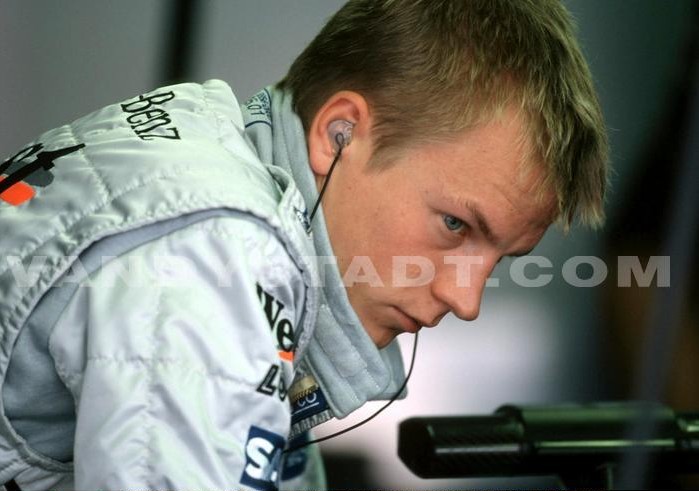
Grand Prix F1 should not exceed two hours. The distance of a GP should not exceed 305 km.
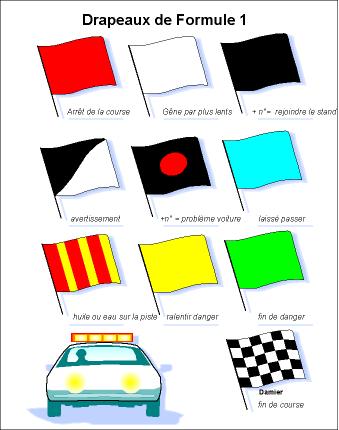
Some dates on technical developments
1957: The introduction of the rear engine installed on a Cooper-Climax driven by Jack Brabham in Monaco with a first victory in 1958 in Argentina signed Stirling Moss.
1962: The Englishman Colin Chapman invented the aluminum monocoque. The pilot is lying with his arms tighter than before.
1967: Introduction of the first motor carrier status, Ford Cosworth-developed by two English engineers, Keith Duckworth and Mike Costin and marketed on the recommendation of Colin Chapman in the Ford stable.
1968: The fins are appearing on the Ferrari for better traction and a passage faster cornering.
1971: With Firestone tires become smooth and improving performance. To reduce speed, the grooves were introduced in 1998.
1977: The owner of Lotus, Colin Chapman invented the "wing car", the first F1 ground effects. Mario Andretti won a first victory this year in Long Beach.
1977: With the Renault engineers (Bernbard Dudot, Jean-Pierre Boudy), conquering turbocharged engines in F1. The first victory was signed by Jean-Pierre Jabouille this year.
1982: The English engineer John Barnard of McLaren is developing the carbon hull.
1989: With John Barnard who now works at Ferrari, the gearbox is semi-automatic (the driver does not use the clutch). He is also the carbon brakes.
1990-2000: The technology replaces mechanical. The F1 enters the world of computing. Aspirated engines are back.
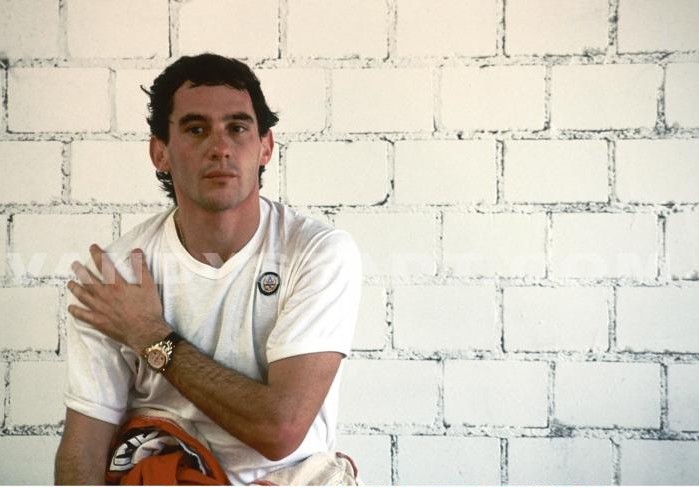
Allocation of points
Points will be awarded to the first eight drivers to finish a Grand Prix based on the following schedule: 12pts - 9-7 - 5 - 4 - 3 - 2 to 1 (12 to 1, 9 to 2nd, 7 to 3rd, 5th to 4th, 4th to 5th, 3rd to 6th, 2nd to 7th and 1 8th). At the end of the season, the driver and the team obtaining the highest points win the world championship for drivers and constructors.
Formula 3000
Although she plays one championship "Intercontinental", it is actually located at the moment in Europe, where it began in 1985 at Silverstone. The championship is played between single-seater cars on closed courses under conditions similar to those of Formula 1. Formula 3000 with its low cost is seen as a sort of school of Formula 1. From mid-karting, most drivers Formula 3000 were also intended to switch to F1. The F3000 has replaced Formula 2, which still survives in Japan. It was created at the instigation of the President of the Manufacturers Association of F1, Bernie Ecclestone, and it is very close to Formula 1 in the time of turbocharged engines. Thus the vast majority of cars are powered by the old engine-Ford Cosworth DFV who won 155 Grands Prix victories.
Since 2005, the GP2 series (monocoque carbon fiber, maximum speed 320 km / h, 2.95 seconds to reach 100 mph, 6.70 seconds to reach 200 km / h) in turn replace the formula 3000.
Formula 3
The third international single-seater formula is Formula 3, created in the early 50s. These are cars with an engine derived from the series, has a capacity of 2 liters as well, but whose power is limited by a flange of 24 mm by 3 mm disposed on the intake system. This feature allows to increase the longevity of the engine, thereby reducing the cost. Formula 3 is particularly active in Europe, especially Britain.
In 1997, Soheil Ayari , champion of France of F3 in 1997, was the first French to enter the competition at the prestigious and spectacular Grand Prix of Macau F3 (a very fast circuit in the city). Senna won it in 1983, Michael Schumacher in 1990, in 1992, Coulthard and Ralf Schumacher in 1995. Other winners French Tristan Gommendy in 2002, 2003 Nicolas Lapierre and Alexandre Premat in 2004
The endurance race
The endurance tests were born in France in 1923, with the first edition of the 24 Hours of Le Mans. This race was intended to provide lessons for manufacturers and therefore reserved for cars with four seats produced in series. Since this topic was often raised during the drafting of regulations, but we can say that endurance events for several years, are contested by cars built specifically for racing, whose performance is far superior to those of cars. These cars are always hand-seaters and have wings enclosing the wheels. They are also equipped with headlights and signal lights.
The world championship of endurance runs over three types of tests: the sprints (180 km with a pilot or 360 km with 2 drivers), 1000 km or 24 hours. Only the latter two may count for the world championship marks.
The main event of the season, obviously the 24 hours of Le Mans. Other great classics are 1000 km of Monza, Silverstone, Daytona, Nürburgring, Spa and now Fuji in Japan, where spectators come in considerable numbers.
The 24 Hours of Le Mans
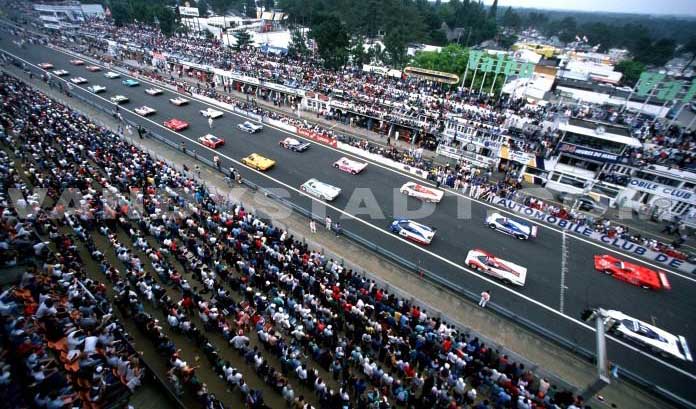
Accrued since 1923, the 24 Hours of Le Mans were intended to provide information to manufacturers and therefore reserved for cars with four seats produced in series.
The 24 Hours of Le Mans is traditionally held in June (the only exception of 1968).
The start is given on Saturdays at 15 or 16 hours. This was long the motor sport event the most famous French, but it has lost much of its popularity since the organizers have tried to introduce into their rules in 1975 limiting consumption. This measure was rescinded the following year: the race had been deserted by spectators. They never came in amounts equivalent to those which were recorded at the famous duels Ford / Ferrari 1966-1967. The 24 hours were bereaved in 1955 by a very serious accident that cost the lives of over a hundred spectators and driver Pierre Levegh, including the Mercedes crossed the protections. A great effort has been done to protect the public. The number of competitors is limited to 55.
The 24 Hours of Daytona
This great classic endurance was created in 1962 as the first winner on American Dan Gurney Ford.
Most wins: 5 by Hurley Haywood between 1973 and 1991, 4 by Bob Wollek between 1983 and 1991, Pedro Rodriguez in the years 60/70 and Peter Gregg in the 70s; 3 by Derek Bell between 1986 and 1989 and Rolf Stommelen in the years 70/80.
Note also the 2 victories of Al Unser Jr. in 1986 and 1987 and a victory for Mario Andretti associated Jackie Ickx in 1972, Thierry Boutsen in 1985, Bob Wollek in 1983, 1985, 1989 and 1991, Martin Brundle in 1988, Henry Pescarolo in 1991, Christophe Bouchut in 1995 and Emmanuel Collard in 2005.
Rally
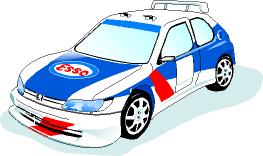
The rally is a road race where crews traveled three stages in three days from Friday to Sunday. They used the same route on roads open, at times leading to the precise departure of special stages on closed roads. In the special, they rushed one after the other, at regular intervals against the clock. The addition of time each, called 'time scratches' gives the overall standings. The teams line up two cars per rally. The drivers must observe the Highway Code, imposed a schedule with checkpoints set up along the way unknown to participants.
There are two world championship rallies (or WRC world rally car), one open to manufacturers, the other drivers. The allocation of points is identical to that of F1: the first eight in each event score points (instead of six before 2003): 10 points at 1, 8 pts for 2nd, 6 pts in the 3rd, 5 pts in the 4th , 4 pts 5th, 6th in 3 pts, 2 pts 7th and 8th at 1 pt.
Rally Raid
Raid: Long term intended to emphasize the material's resistance and endurance of the participants

These rallies where the concept of adventure takes precedence over the actual performance. The ride is necessarily very long.
The first raid in 1907, it linked Paris to Beijing and the winner of the 5 competitors was the Italian Prince Scipione Borghese, a 40 hp Itala. He traveled the distance of 12 000 km in 44 days (in 1989 a commemorative expedition was organized on the same trip, aboard the authentic Italy).
Tests rally / raid World Cup:
The Dakar - Italian Baja - Tunisia - Morocco Atlas - Pharaohs - Portuguese Baja - Baja Spanish - Cappadocia Rally (Alternate Master Rallye and the Paris-Beijing) - Argentina - Dubai.
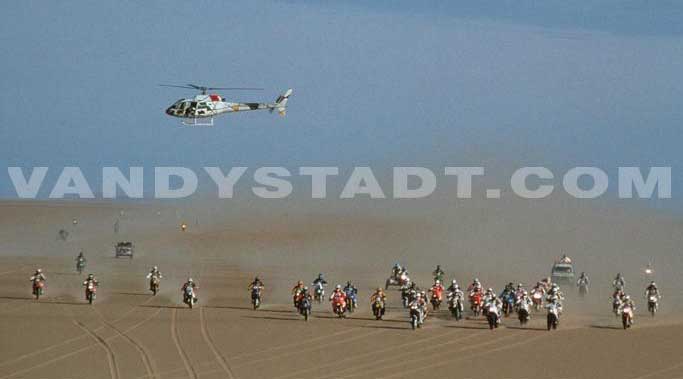
Karting
The go-kart has appeared in a database of the U.S. military in the 50s (produced with engines of lawn mowers and wheeled aircraft). The average speed is around 170 km / h.
The world championship elite or 'Form A' quarrel between gears of a minimum weight of 150 kg, equipped with a 100 cm3 engine of 32 horsepower.
Some famous names in karting: Riccardo Patrese , Alain Prost , Ayrton Senna , Michael Schumacher , Rubens Barrichello , Christian Fittipaldi , Olivier Panis , Jean-Christophe Bouillon.
Five French have become world champions kart:
Eric Gassin in 1987, Emmanuel Collard in 1988, David Terrien in 1993, Jean-Christophe Ravier in 1995 and Franck Perrera in 1999 (age 15 years only!)
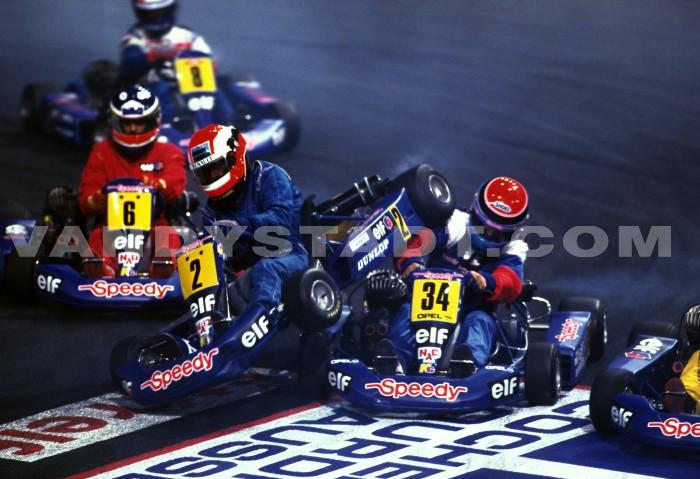
Ice Races
They were launched in France in 1970 by Jean Brissaud Chamonix who organized a winter parking around the valley of Mont Blanc. Other races were held in Serre-Chevalier and Lans-en-Vercors. Currently, two major French races are the 24 Hours of Chamonix, the first race of endurance squad formed in 1970, and the Andros Trophy with 8 tests in
iduelles sprint against the clock since 1990. The speed on ice can reach 130 km / h.
Motor sport in the U.S.
The United States is the country where the sport is the largest and most diverse. Thousands of races are held each year including the popular series 'Champ Car World Series' (old card or Championship Auto Racing Teams). This championship was born with the American automobile manufacturers wishing to promote their products. They are put in contact with the AAA (American Automobile Association) to create a championship.
The great specialty is American racing on oval tracks, as illustrated by the famous Indy 500, the race car created in 1911, which attracts the most viewers in the world in the same enclosure (more than 400 000) last week -end of May On a 4-km circuit ( "Brickyard") to go 200 times, 33 drivers who qualified during the two weekends preceding attain prodigious speeds (eg a lap done in 1990 by E. Fittipaldi to 363 km / h). They have cars with an engine (usually a turbocharged Cosworth V8) with a displacement of 2.65 liters develops over 750 bhp, despite a boost pressure limited by regulation to 1.7 bar with a fuel-based alcohol (methanol). The Indianapolis Motor Speedway has the distinction of being kept the same (close to the coating, it was originally brick) since its first edition.
The Indianapolis 500
- The record breakers of victories in this legendary event with 4 each success AJ Foyt (1961, 64, 67, 77), Al Unser (1970.71, 78 and 87) and Rick Mears (1979, 84, 88, 91)
- The record of pole positions is held by Rick Mears with 6 poles followed by AJ Foyt and Mario Andretti with 4 poles.
- Winners French: Jules Goux Peugeot on 1913 on Rene Thomas Delage in 1914, Gaston Chevrolet in Monroe in 1920.

Champ Car World Series
(Cart or Championship Auto Racing Teams before 2003)
This is the "F1 U.S., founded in 1978. Disagreement occurred in 1997 between CART and the organizers of the Indy 500 has resulted in the creation of the Indy Racing League, a rival series played on oval tracks (fifteen in the United States including the Indianapolis 500 plus one in Japan).
The circuits
There are three forms: oval (speedway) asphalt from 1.6 to 2.5 miles, super oval (super speedway with banked turns) and the road circuit of 1.6 to 4 miles,
ized in street circuits, permanent or temporary. The distances are 200, 300, 400 or 500 miles (320 to 805 km).
The Champ Car Championship takes place on street circuits and urban, while the Indy Car quarrels on oval circuits.
In recent years cars like "Indy" who compete for the championship CART (Championship Auto Racing Teams), tend to abandon the old racetrack in favor of road courses, often arranged by city within a weekend ( Long Beach, Cleveland, Michigan). The Americans have several other forms of cars of different sizes (quarter-midgets, midgets, Sprintcar, modified, etc..) Who remain faithful in contrast to oval circuits, usually of smaller size (400 to 800 m).
Unlike Formula I, the cars of Champ Car are all identical. The talented driver and preparing machines make the difference!
Some differences between a car and a Champ Car Formula 1:
- Car 'Indy' can reach speeds of 380 km / h (average 275 km / h) against 350 mph for an F1 car!
- In F1, only results in the race worth of points, with Champcar, tests are also eligible for points: 1 point for the fastest time of the first skills (road courses) and 1 point for pole determination.
- Scale of points in F1: 1 8th (10, 8, 6, 5, 4, 3, 2 and 1) in Champcar: 1st to 12th (20 for 1st, 16 for 2nd, 14 for 3rd, 12 for 4th, 10 for 5th, 8 for the 6th and 6 to 1 for the next six.
- Weight of an F1 driver with 600 kg against 700 kg for the ChampCar unmanned!
- The F1 burns gasoline, the Champcar uses methanol.
- A single engine for the Champ Car, the Ford V8 turbocharged against several manufacturers for F1 (engine without turbo).
- Engine: 750 hp (bridled at 12 000 rpm) for Champcar and 800 hp for the F1 (bridled at 18 000 revolutions per minute).
- The Champcar works with a manual gearbox or six, F1 has a gearbox Semi-automatic.
- The systems of anti-skating are allowed in F1 and Champ Car prohibited.
The card arrived in Europe in 2001 with two races held in September: one in Germany (on the oval 'Eurospeedway Berlin Brandenburg') and one in Great Britain (on the oval in Rockingham Northampshire).
A phenomenon, the French driver Sebastien Bourdais (28-2-79), F3000 champion in 2002, earned two wins (team Newman / Haas) in two races in Champ Car World Series and that for its beginnings in the circuit in 2003. He won the world crown in 2004 (7 wins) and 2005 (6 wins). Only Ted Horn did better with three consecutive titles from 1946 to 1948! A total of 20 victories.
Dragsters
The third component disciplines typically American is represented by Dragsters argue that tests of acceleration, side by side on two parallel runways with a length of 400 m, plus a loophole needed to slow the cars with engines of 7 liters Compressor develop nearly 2,000 horses by cutting the 400 m standing start in little more than 4 seconds, with terminal speeds of over 350 km / h. The slowdown is done with an extra parachute.
Jet Engines:
The terminal velocity record is held by the American Kitty O'Neil. In 1977 she ran on the Dry Lake in California, the 402 meters in 3 seconds and 72 hundredths, the hourly average of 732 km / h.
Piston engines:
The record for elapsed time of 5 seconds is 637 mils (average time: 403.45 km / h). It was established in 1975. The record for the terminal velocity is 411.31 km / h, established in 1979.
NASCAR
The championship which has the largest audience is not just for cars, is that of "stock cars" of the NASCAR season each hosting an average of over 2 000000 spectators. Although they are called "stock cars" (car set), these cars are in fact 'silhouettes' which only the body resembles that of models sold.
There are 4 major events in NASCAR Championship:
The NASCAR series (Grand National from 1950 to 1971, Winston Cup series from 1972 to 2003; Nextel Cup since) have 22 races including the race queen, the 500-mile Daytona (Florida).
Only four drivers have managed to win 3 of 4 races in a year: in 1969 LeeRoy Yarbrough, David Pearson in 1976, Bill Elliott in 1985 and Jeff Gordon in 1997.
Most wins:
7: Richard Petty and Dale Earnhardt
4: Jeff Gordon
3: Lee Petty , David Pearson, Cale Yarborough and Darrell Waltrip
Record pole:
127 by Richard Petty
The King of NASCAR Richard Petty is (2-7-37), seven-time national champion and record holder for victories with 200 successes, including 7 in Daytona between 1958 and 1992. It is also the record holder for pole-tomography: 127.
Faster than the sound on earth! In October 1997 for the first time ever, the sound barrier has been crossed on earth, 50 years almost to the day after the air (October 19, 1947 by the American Chuck Yeager who exceeded 1 100 km / h on his rocket plane Bell X1 at 40 000 feet). While driving his sports car the 'Thrust SSC (missile / rocket 16.5m; surge in French), Andy Green, driver of the British RAF was powered by two aircraft engines Rolls Royce (110 000 horse) to 1 233.596 km / h (an average of 1 228 km / h) This historic achievement was made in the Black Rock Desert (Nevada State) in the United States.
Copyright Sportquick/Promedi








